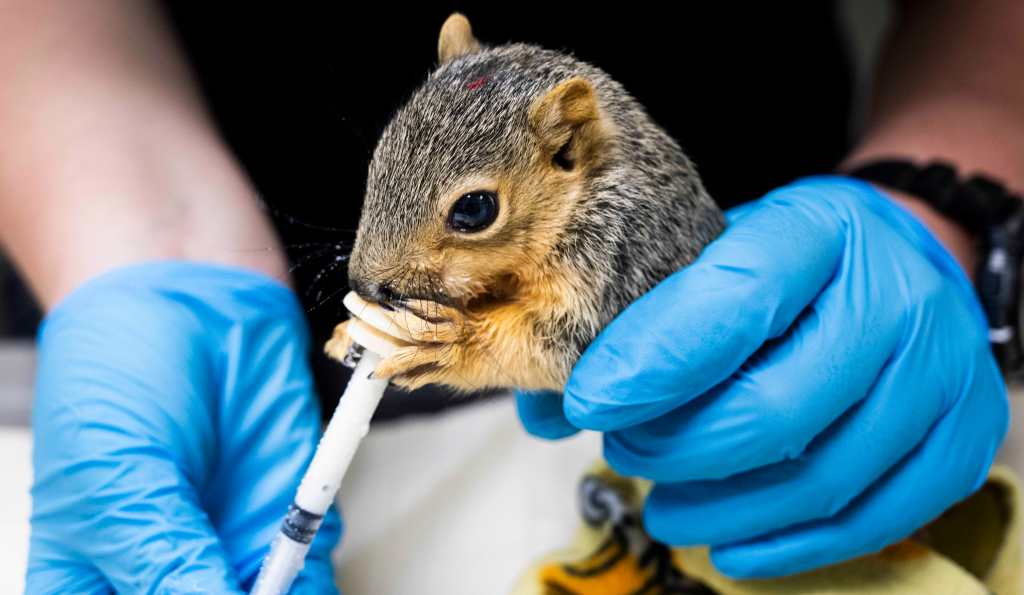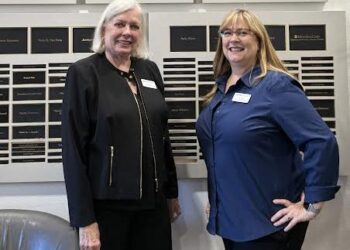The little critters come in needing a helping hand — and now, the public can get a behind-the-scenes peek at how baby animals are cared for at the Wetlands & Wildlife Care Center in Huntington Beach.
A new program called “Wildlife Wednesdays” happening each week allows people to see how babies and other wildlife in care are treated in the center’s Wildlife Rehabilitation Hospital.
This season has been busier than usual, said executive director Debbie McGuire, who started the program two weeks ago as a fundraising idea to help raise money for the care. The tour costs a $20 donation, though going to the nearby wetlands and interpretive center is free.
“We needed to bring money in, and people are always wanting to go see the babies,” she said, noting there was a three-hour line for last year’s spring ” wildlife baby shower” event held in May. “Babies are all over the place. It’s dynamic here. It’s different every week. … They are vulnerable and wouldn’t make it without intervention.”
Currently in care are baby squirrels, opossums, ducklings, raccoons and baby red-tail hawks. Staff talk to visitors about why the critters need care, how they are taken care of and how humans can coexist and interact with animals that are living in the urban sprawl.
A mama duck, for example, might be hanging around pools or giving birth to baby ducks in backyards. The best thing to do is simply to let the mom take care of her ducklings without intervening, which can do more harm than good.
“You have to let them be, you have to learn to co-exist,” McGuire said. “If you open a gate, mom will take babies, and she can walk several miles to a water source, a ditch or lake. We don’t know where they are, but they do.”
And despite wanting to help, people should never stop on a road or freeway to try and scoop them up.
It’s also the season for many species, like hummingbirds, to build nests and lay eggs — and trimming bushes or shrubs this…
Read the full article here







